Vapes and electronic cigarettes sold in the European Union are subject to various regulations and directives that concern electrical safety, battery safety, and e-liquids.
This guide explains what importers and manufacturers must know about the Tobacco Products Directive, the Batteries Regulation, REACH, and other relevant compliance requirements.
Continue reading E-Cigarette and E-Liquid Regulations in the European Union: An Overview













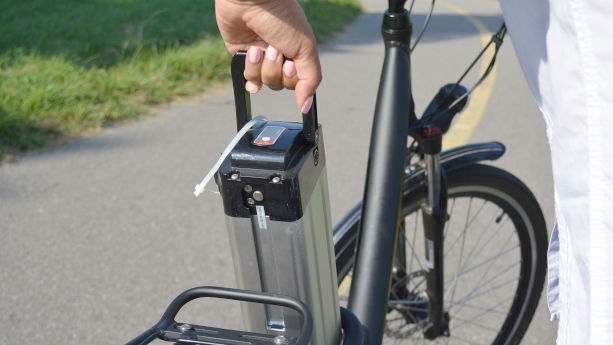

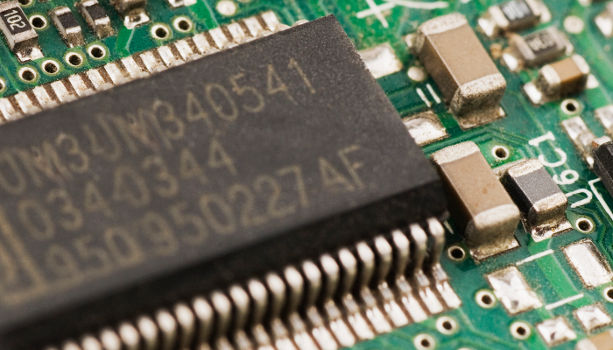

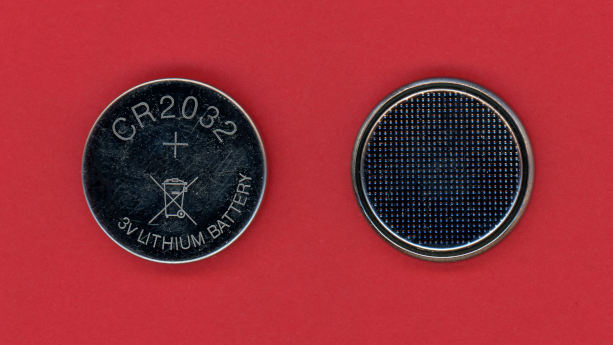
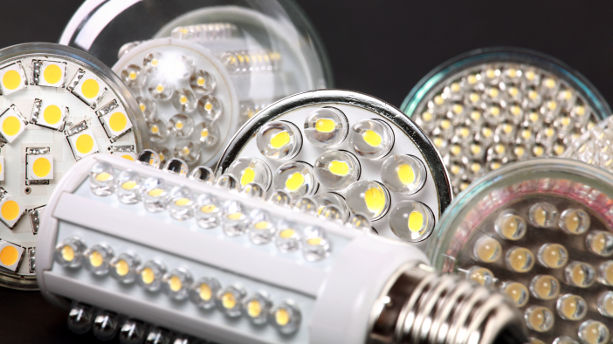
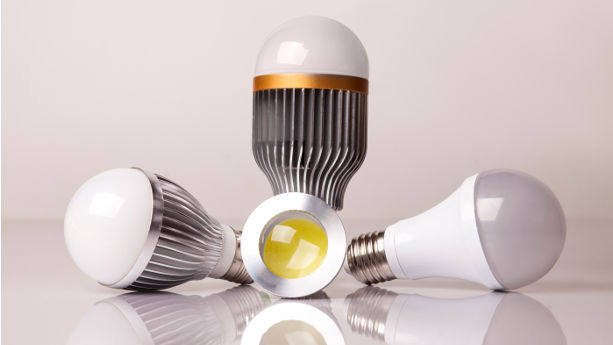

 Create compliance checklists for your product (US, EU & UK)
Create compliance checklists for your product (US, EU & UK) 20+ product certificate templates
20+ product certificate templates Create label files
Create label files Book product testing
Book product testing